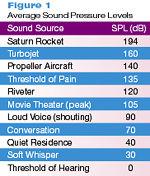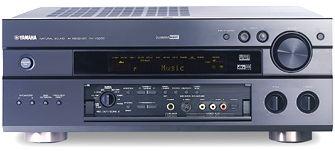LATEST ADDITIONS
|
Apr 09, 2002 |
First Published: Apr 10, 2002
|
Apr 09, 2002 |
First Published: Apr 10, 2002
|
Apr 09, 2002 |
First Published: Apr 10, 2002
|
Apr 09, 2002 |
First Published: Apr 10, 2002








